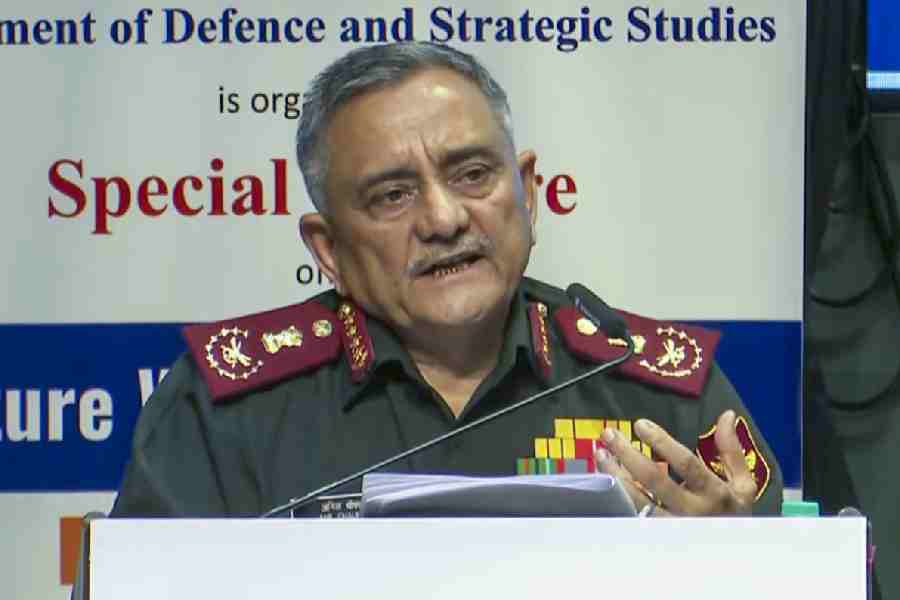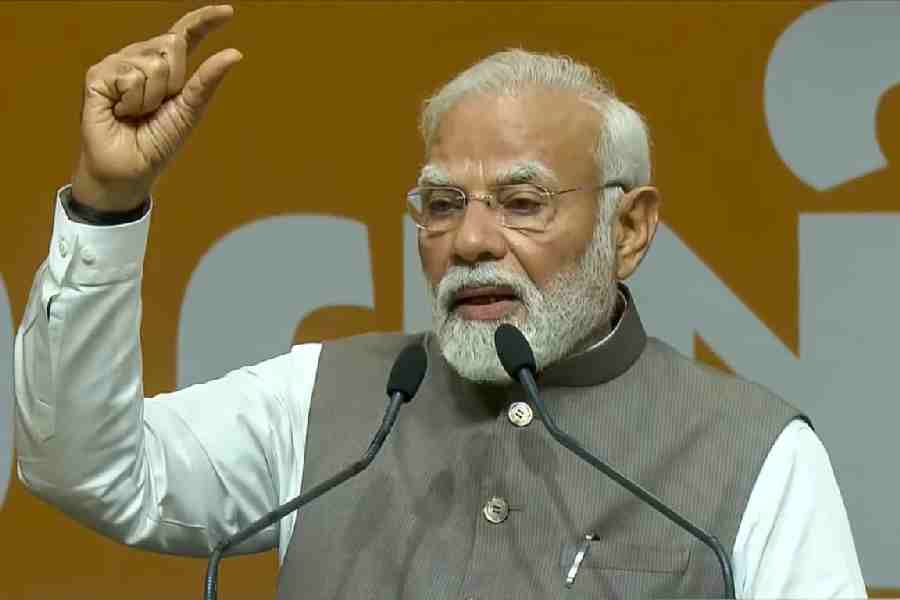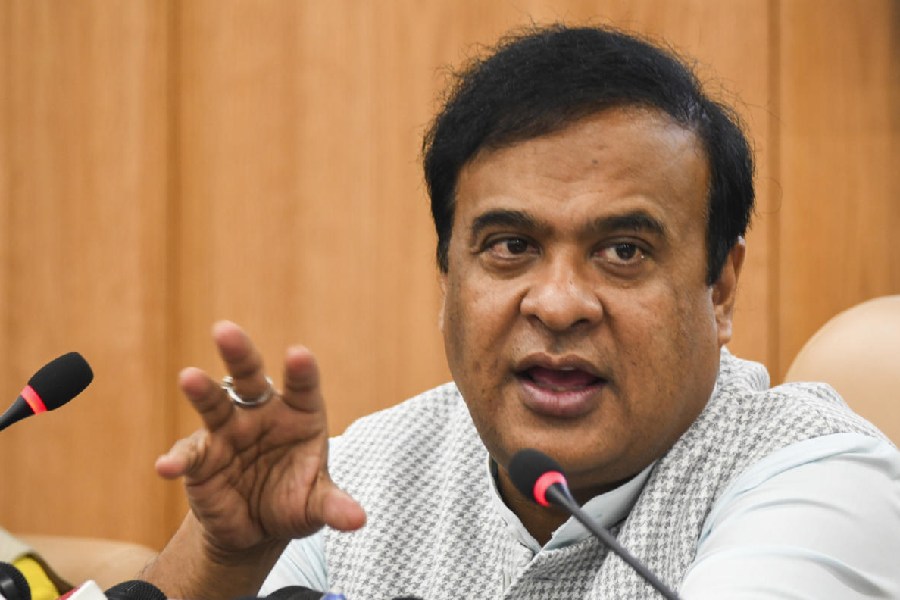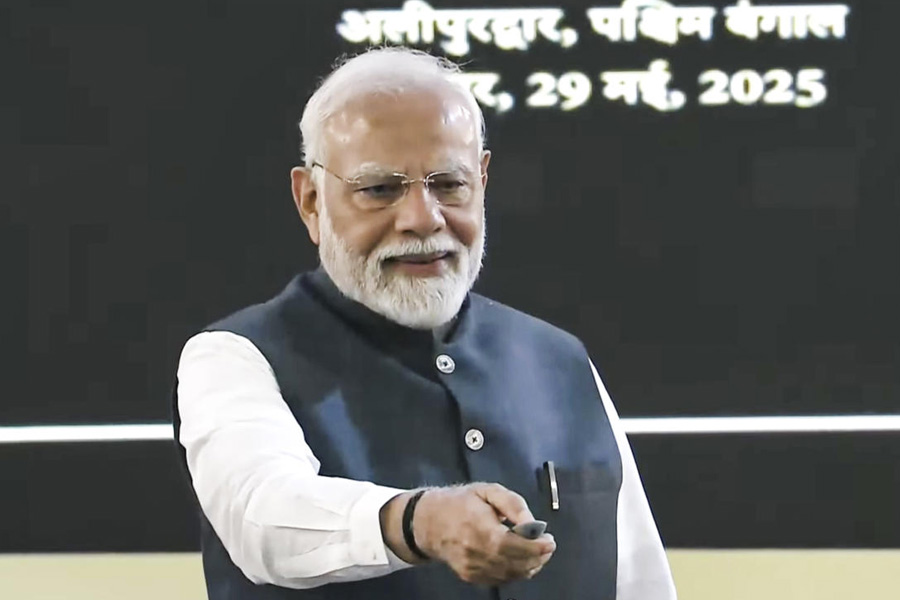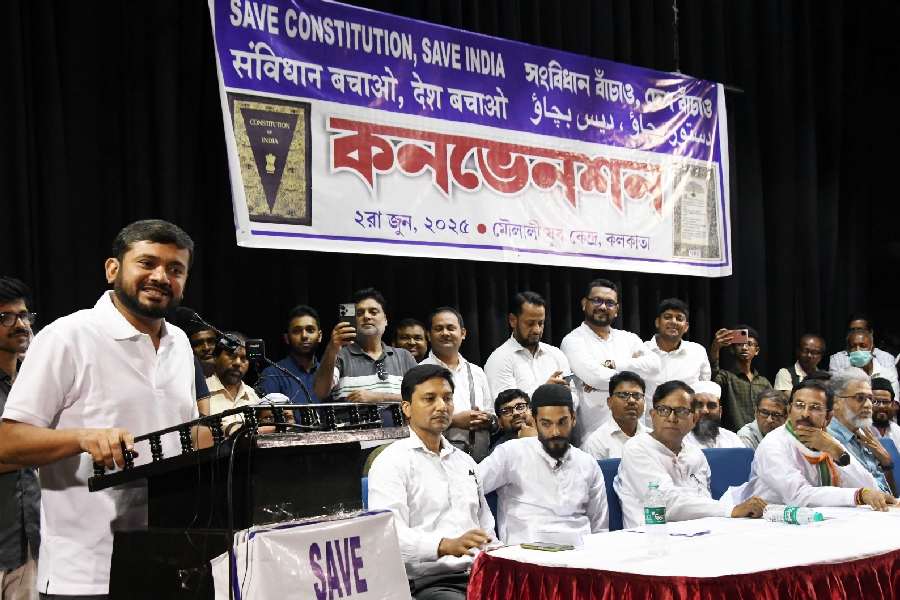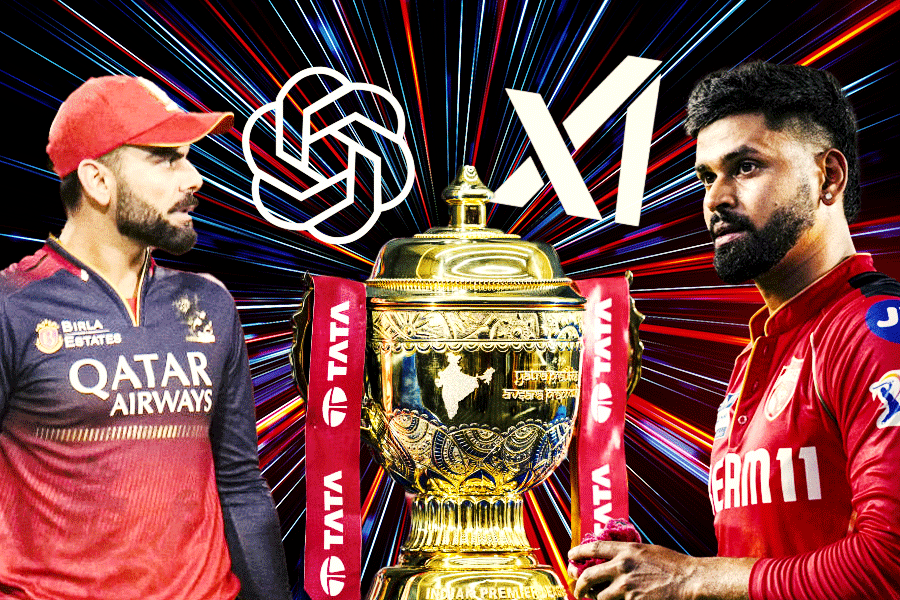 |
| Jamiyat-ul Hidaya students use a desktop computer. (Picture by Gopal Sunger) |
Jaipur, April 20: The click-clack of computer keyboards matches pace with the steady rhythm of boys reciting the Quran — welcome to a madarsa with a difference.
The Jamiyat-ul Hidaya, adorned with a lofty Turkish-Arabic exterior and spread over 175 acres on the outskirts of Jaipur, belies the notion that madarsas were started only to make Muslims well-versed in their religion and help their students become religious scholars, maulvis and imams.
The 22-year-old madarsa has blended the traditional with the hi-tech and is preparing its boys to stay in step with the rest of the world.
“Here, English and computer applications are as much a part of the curriculum as memorisation of the Quran and Hadith (sayings of Prophet Mohammad), Mantiq (logic) and Muslim history,” said principal Maulana Zia-ur-Rahman.
“Madarsas in India were initially started to raise good and truthful human beings who are loyal to their religion and country. That is why everything British was shunned, including the English language, which was banned in madarsas during the Raj days,” he pointed out.
But after Independence, Maulana Abdur Rahim, an Islamic scholar, realised the need for a change. In 1952, he rebelled against the ban on English and tried convincing the ulemas that a mix of religious and modern education in the madarsa syllabus was crucial for the development of Muslims.
Rahim founded Jamiyat in 1986, and it became the first madarsa in India to include English in its curriculum. It follows the syllabus of the National Council of Educational Research and Training till Class X.
Students from across the country are admitted in Class VI through an entrance test. After Class X, they can pursue four-year courses in computer applications and mechanical or electrical training at the institute on the basis of marks and interest.
“Those who clear Class X from this madarsa are absorbed in Aligarh Muslim University and Jamia Milia University. Those who complete four years of practical training can get into graduation courses in these universities,” Rahman said.
The madarsa also has a study centre in Aligarh, which trains students for the civil service and other competitive exams.
Since the last two years, the students here have had the option of taking the exam of the National Institute of Open Schooling.
The National Council for Promotion of Urdu Language has certified Jamiyat to start courses like diploma in advanced Arabic, computer applications and Urdu languages.
Maulana Javed Akhtar, who has been teaching computer applications for the past 10 years, said: “Students want to learn about computers, modern gadgets and the many applications they offer. They have understood that only religious study will not get them anywhere.”
Housing 550 students from all over India, Jamiyat charges a nominal Rs 650 a month, provides them hostels, meals thrice a day and access to a library with over 45,000 books.
“We believe our community needs to be educated to come out from the state it is in today,” said Rahman.
“After the 9/11 blasts, madarsas have been regarded with suspicion and are often seen as terrorist training centres. But by opening our knowledge windows, modernising education and at the same time maintaining a balance with religious study, we are striving to groom our wards into all-round individuals in sync with new-age society.”
Anwar, a student from Gujarat, is dreaming of a career in computers. “The system here is unique and contemporary. That is why my parents decided to send me here. In computers, we have already learnt office automation, photoshop and designing, which will help me in my career.”
The Rajinder Sachar Committee report of 2006 had revealed that the literacy rate among Muslims is about 59 per cent, compared with more than 65 per cent among Indians as a whole.


